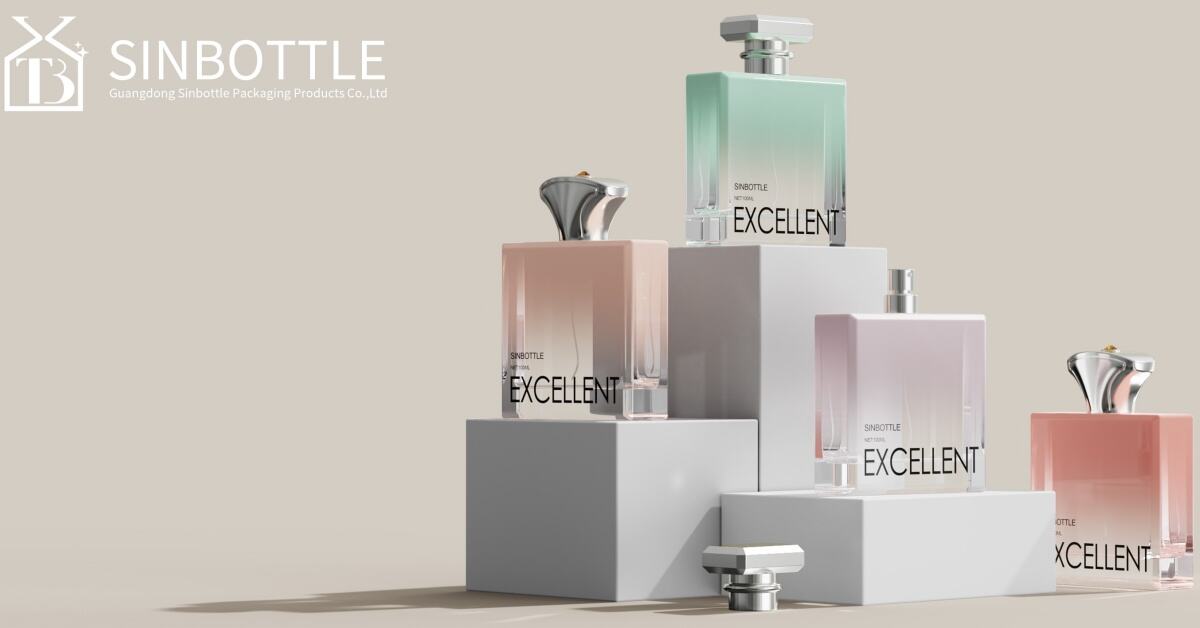Maruming Dropper Bottles = Nagpapakalat ng Bakterya sa Iyong Mukha! Inilahad ng mga pabrika ang footage mula sa mikroskopyo sa laboratoryo—90% ng mga sanhi ng pagbaha ng balat ay nakatago sa mga liku-liko ng goma na iyong nilalampasan.
Pagsusuri sa Mikroskopyo : Ang panloob na pader ng isang dropper bottle na hindi hinuhugasan at ginamit nang 3 buwan ay may bilang ng bacterial colony na lumalampas sa 400,000 CFU/g (400 beses na mas mataas kaysa sa pambansang pamantayan!).
Kontaminasyon ng Sangkap : Ang natitirang oksihenadong produkto ng bitamina C na naihalo sa bagong serum = pagbuo ng nakakairitang aldehyde compounds.
Fatal na Detalye : Ang Pseudomonas aeruginosa (ang salot sa likod ng pimples at pagbuo ng nan) ay natagpuan sa mga kulubot ng goma ng dropper.
Mga sitwasyon kung saan maaaring gamitin : Habang patuloy na ginagamit ang parehong produktong langis
-
Linggong Linis : Gamit ang isang medikal na cotton swab na tinusok sa 75% na alkohol, punasan ang mga sinulid sa bib ng bote sa pamamagitan ng spiral na galaw (upang alisin ang mga tanda ng langis na nabalat).
-
Buwanang Malalim na Pangangalaga :
- Ibabad ang dropper sa alkohol nang 10 minuto (huwag lumagpas sa oras na ito! Upang maiwasan ang pamam swelling ng goma).
- Punasan ang mga marka ng tubig sa loob na pader ng bote gamit ang tela na ultra-hini (upang maiwasan ang pagkakalat ng calcium).
-
Mga Pangunahing Ikinatutuwang Hindi Dapat Gawin :
- Huwag ilantad sa araw pagkatapos hugasan ng tubig (maari itong magdulot ng micro-cracks sa ibabaw ng salamin).
- Huwag gumamit ng detergent (ang surfactants ay magpapakalbo sa sealing ring).
Mga sitwasyon kung saan maaaring gamitin : Kapag nagpapalit sa ibang mga langis/matapos ang mahabang hindi paggamit
Limang Hakbang na Paraan ng Regenerasyon :
- I-disassemble: Hiwalayin ang dropper, takip ng bote, at katawan ng bote.
- I-soak: Ibabad ang mga bahagi sa 75% na alkohol nang 30 minuto (pumatay ng 99.99% na mga pathogen).
- Ihugas: Hugasan ng tatlong beses gamit ang distilled water (upang alisin ang residual na alkohol film).
- Ipa-tuyo: Patuyuin sa isang konstanteng temperatura na 50°C nang 20 minuto (nag-imita sa malinis na kapaligiran ng linya ng produksyon).
- I-assembly muli: Isama sa itaas ng apoy ng isang alkohol na lampara (ang airflow ay nagbabara sa mga kolonya ng bakterya sa hangin).
Babala sa Lab : Kung magpupuno ka nang direkta pagkatapos hugasan ng tubig mula sa gripo, ang rate ng pagbabalik ng bacterial colony ay umaabot sa 72%!
Babala sa Pagkasira ng Salamin : Ilaw ng flashlight ng cellphone sa katawan ng bote. Kung may mga nakakalat na rainbow pattern ang lalabas, ito ay nangangahulugan na mikrobit na bitak ay nabuo na sa ibabaw (kailangan nang itapon ang bote).
Formula ng Lifespan ng Rubber Bulb : Araw ng paggamit × bilang ng pagbubukas > 5000 → kailangang palitan (ang pagkawala ng elastisidad ay nagdudulot ng pagkasira ng selyo).
Isang Nakakaramdam ng Kahon : Ang isang user ay pumuno ng isang mamahaling serum nang direkta nang hindi naglilinis, at ang buong bote ay naging berde at nabulok pagkatapos ng 3 araw! Ang mga pagsusuri ay nakita na ang lumang oxidized squalene mula sa luma ng langis ay naging tirahan ng bacteria.
Pinakamataas na Rekomendasyon ng Sinbottle Manufacturer :
- Ang maximum na haba ng serbisyo ng isang dropper bottle ay 1 taon (ang pag-iipon ng molecular structure ng salamin ay nagdudulot ng pagkasira ng barrier).
- Pagkatapos ng paglilinis, tiyaking isagawa ang seal negative pressure test: Pigain ang goma na bombilya ng daliri at ihalo ito; kung hindi ito babalik sa loob ng 2 segundo, ito ay kwalipikado.
- Hanapin ang laser-engraved na batch numbers: Ang mga bote na may logo na "♻️" sa ilalim ay salamin na mataas ang borosilicate na lumalaban sa kemikal (ang kanilang lifespan ng paglilinis ay nadagdagan ng 3 beses).
